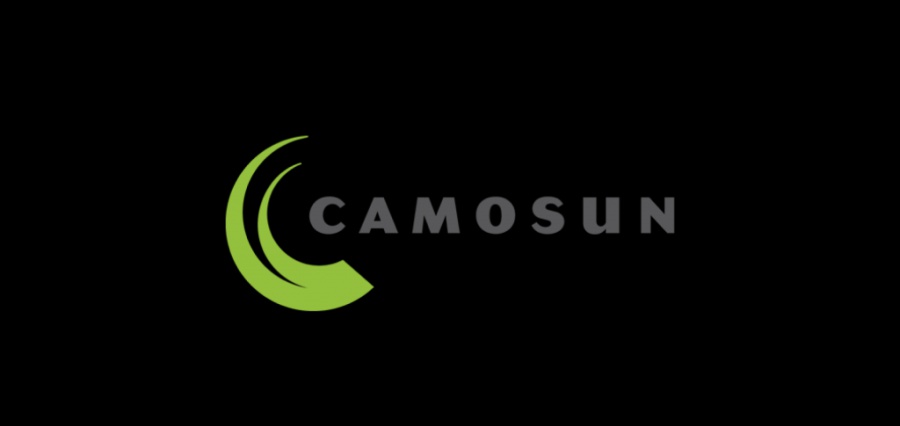Amberlee McGaughey, a librarian in Pennsylvania, found herself unexpectedly facing student loan payments despite applying for the Public Service Loan Forgiveness (PSLF) program. The program allows individuals working for certain nonprofits or the government to have their debt forgiven after 120 payments or 10 years.
Despite having made 125 qualifying payments, McGaughey received a bill for $675 from her loan servicer, MOHELA. The transition back to student loan payments for around 40 million Americans has been challenging, with reports of long wait times, billing errors, lost account information, and denied relief. Borrowers are experiencing difficulties accessing new repayment options, such as the Saving on a Valuable Education (SAVE) plan, which has been marred by billing errors and flawed data.
The Biden administration promised relief options for borrowers, including a 12-month “on-ramp” period to repayment, shielding borrowers from the consequences of missed payments. However, issues with servicers, changes in the student loan space, and a lack of preparedness are causing chaos. Student loan servicers have faced challenges due to changes in the industry and have expressed concerns about their preparedness for the “repayment surge.”
Some services, like Nelnet, made staff cuts earlier in the year, affecting their ability to handle the surge effectively. The chaotic restart of student loan payments could have lasting financial consequences for borrowers, with reports of incorrect monthly payments adding strain to borrowers’ finances. Critics argue that the student loan system’s complexity and the financial incentives of servicers contribute to the challenges faced by borrowers.
The Biden administration has assured borrowers that they will be spared most penalties for missed or late payments until September 30, 2024, through the 12-month on-ramp to repayment. However, concerns persist about borrowers’ ability to rely on this relief due to issues with servicers and a lack of proper training for customer service staff.
Read More : https://theeducationview.com/






